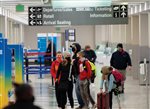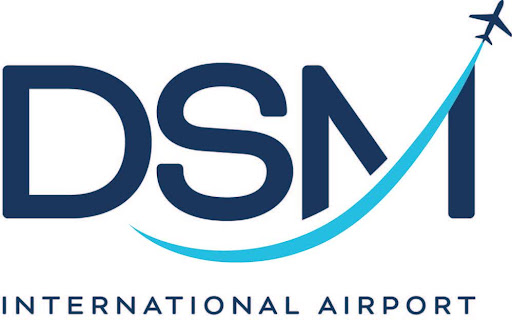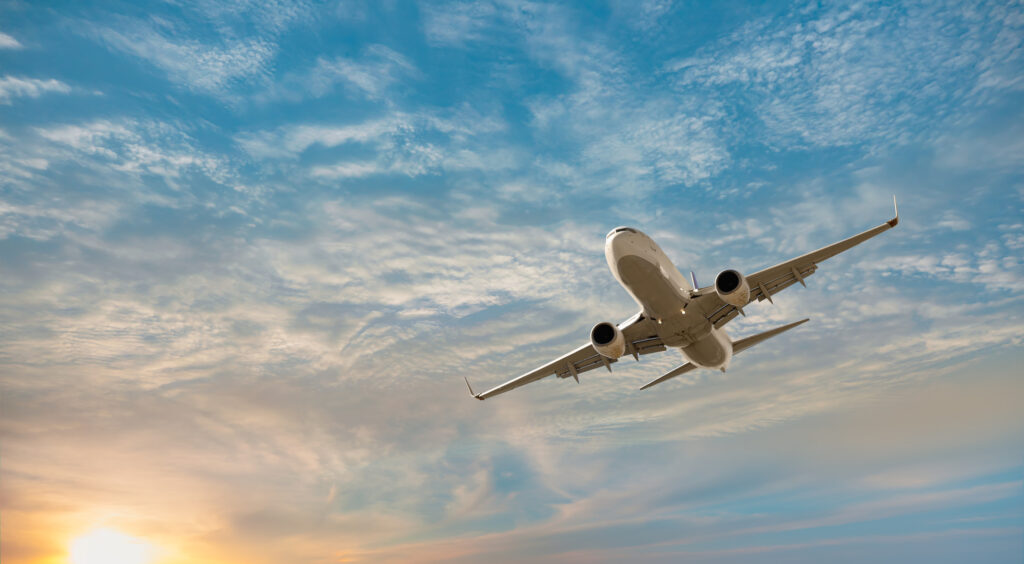DSM prepares to commemorate 10th anniversary of airport authority creation

In November, the Des Moines International Airport will celebrate the 10th anniversary of its transition to operating as an airport authority instead of being a department within the city of Des Moines.
The move, airport leaders say, has resulted in greater efficiencies, increased traffic and an enhanced ability to tap into federal funding to help keep the airport running and to make improvements.
The transition to an airport authority structure of government was first discussed in 1993, but it was determined at that time to be a step too far, and an advisory board was established with authority delegated by the City Council. The idea gained steam when the city was approached by Southwest Airlines about bringing service to Des Moines, and the airline preferred to serve communities where the airport was governed by an authority structure, said Kevin Foley, the airport’s executive director.
The process really took off with the retirement of former airport manager Craig Smith and the introduction of Don Smithey, a former director of the airport in Omaha who was living in West Des Moines at the time.
Foley, who became executive director in 2014, said Smithey was brought in originally for only a short period around 2010 with the goal of bringing Southwest Airlines to Des Moines.
The crux behind arguments against the move was one of control, Foley said.
“Did the city of Des Moines surrender control to the airport authority? The answer is yes,” he said. “The city did put safeguards in place, such as the agreement where the authority leases the land for the airport from the city.”
The ordinance that the council approved that created the airport authority also created a five-member board that Foley answers to, which is made up of individuals appointed by members of the City Council.
But at the end of the day, the decision to transition to an airport authority has allowed the airport to “operate more efficiently and effectively … than we could have,” Foley said.
Foley says the result has been less bureaucracy, which better positions the airport to receive federal grants needed to keep the airport running and make improvements, he said.
“It speeds it up,” he said. “The FAA likes the direct line to those in charge because the FAA typically deals with me, or many times they are dealing with our engineer. They like working with authorities as well. It’s just more efficient for everybody concerned.”
Money that the airport competes for in discretionary funds or entitlement funds or that it has received from the FAA has grown since the airport authority was created, Foley said.
The efficiencies created under an authority also help the airport close out federal grants more quickly, which improves its standing with the FAA.
“They would like to have a grant spent and closed out within a two-year time frame, and if you can’t get it closed out in that two-year time frame, it’s actually a black mark on the region that gave you the grant. We had a number of grants that were five, six years old when we became an authority and we very quickly got those closed out. Does it make it easier? No. Does it enhance our relationship? It does.”
Foley said the efficiencies have also allowed Des Moines to be more competitive with other cities in the Midwest — like Omaha, Kansas City and Minneapolis — when it comes to the price of fares.
Foley also credits the move to an airport authority for growth in airline passenger traffic in Des Moines.
About 1.43 million passengers passed through the gates of the airport in 1990, according to data from the airport. With a few plateaus and dips, those numbers continued to rise to 1.81 million in 1996 and 1.99 million in 2004. Traffic fell in 2009 with the effects of the Great Recession, but it recovered and since the creation of the airport authority in 2011 traffic at the airport rose sharply to 2.92 million in 2019, the data shows.
Passenger numbers fell dramatically in 2020 as the coronavirus pandemic spread across the country. By the end of the year, despite some recovery, just 1.3 million passengers traveled through the Des Moines airport. Through midyear this year, about 1.12 million people have passed through the airport gates in Des Moines.
The transition to an airport authority didn’t happen immediately, Foley said.
The move had to be approved by the Federal Aviation Administration, showing the authority had the ability to accept federal grants and complete projects, with safety being the primary concern.
The city leased the airport to the authority for 99 years, and then created an “assignment and assumption agreement” where everything except the property itself was deeded to the airport authority, and then a services agreement was made to help the airport authority get established.
“Fairly quickly we became an airport authority and we needed a little time to get established with personnel policies and those kinds of things,” Foley said. “We weren’t ready to stand on our own, so there was a five-year services agreement where the city of Des Moines provided human resource services and provided law enforcement services and IT services. There was a lot of connectivity here, but today we are split, we are severed, with the exception that we still have an agreement in place for law enforcement … where we pay for three officers to be out here around the clock.”
Foley said plans are in the works on just how to celebrate the 10th anniversary of the creation of the airport authority, but he is quick to say that all the improvements that have occurred, from increasing carriers and air traffic and the proposed terminal construction project, are the result of the transition to an airport authority.
“It’s increased airline competition, the terminal area concept plan was launched, the ability to increase our cash reserves — it’s been huge,” he said. “We wouldn’t be doing it as a department of the city. We wouldn’t be doing the construction that we’re doing without those cash reserves.”
He also cited the runway improvements that began in 2012 and are scheduled to end in 2023 as a huge accomplishment.
“You don’t have to talk about construction runways for possibly another 40 years,” Foley said. “Because it affects safety, that is the biggest accomplishment in my mind the airport authority has done.”











